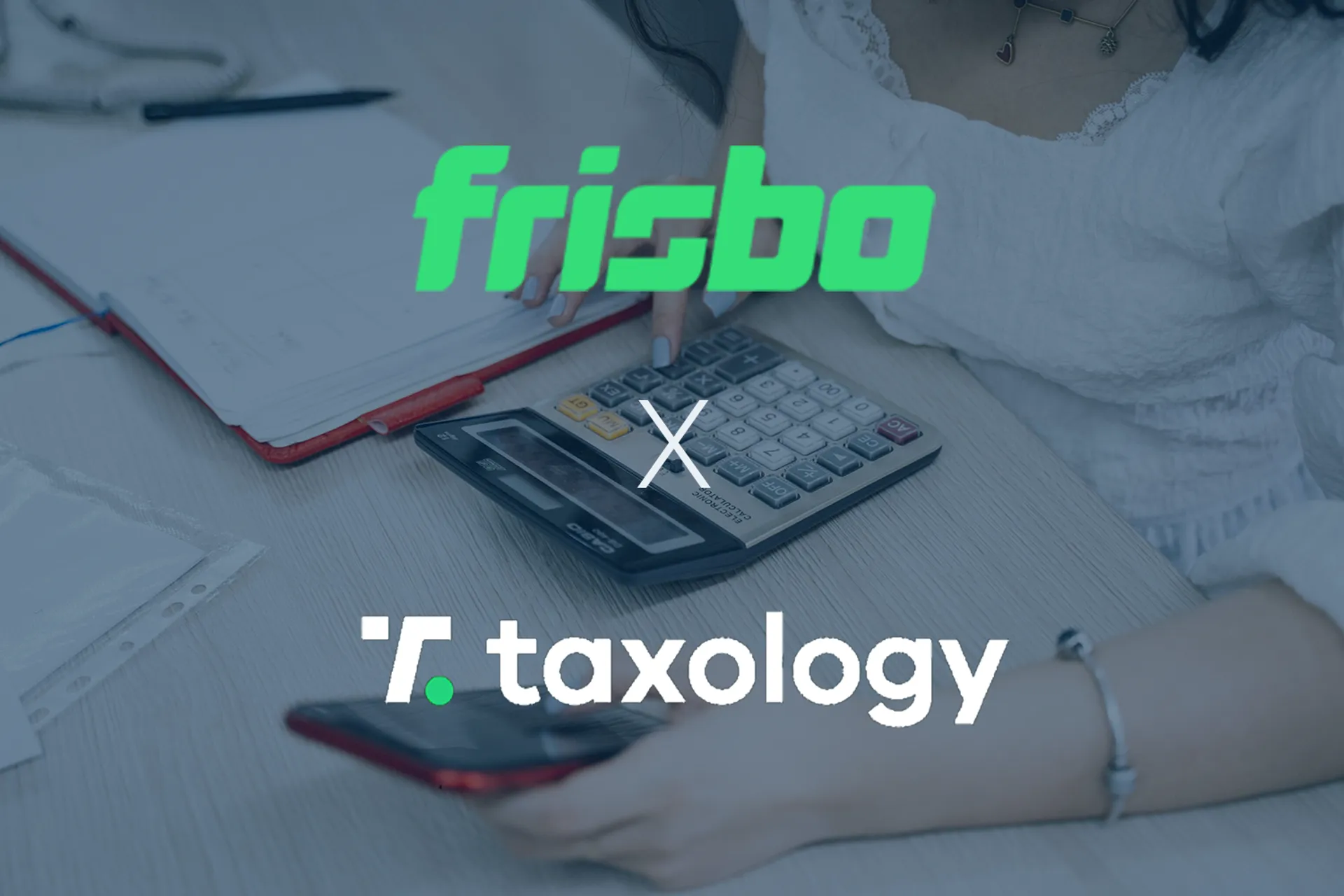Strategic pricing is one of the (if not the most) essential steps in the life of a business. This might sound easy but can be very difficult as many elements must be taken into account and circumstances can change at any time. One key element is logistics.
Economically, the main goal of logistics is to minimize the costs that are needed to keep the quality of the service. For this reason, logistics have a great influence on the businesses’ processes: profitability, consumer satisfaction, market share, and the total logistics cost itself. With PriceKit, we will bring together the elements of logistics costs, and explain how they depend on each other when it comes to the total costs.
Let's cover logistics costs in more detail.
Elements of logistics costs
The quality of the service – The costs of lost sales: It measures the customer cost that is the result of bad service and leads to a lost sale
Informational costs and delivery-process costs: Inside and outside communication costs, and any other expenses related to an order (order inbound, order processing, order outbound).
Storage costs: This can be divided into two groups, outbound and storage costs. The first one means the costs that the product in and outbound needs, and the last represents the costs of operating the warehouse.
Inventory costs: These are the costs that move together with the level of inventory. Many necessary costs are included here too, for example, those that are related to the services that the product needs, storage room fees, and inventory risk costs (e.g., insurance).
Pricing strategies for logistics costs
Logistics costs include all delivery-related costs. It can be measured as a whole or in different segments: for example, by customers, products, or costs that incoming or outgoing products have. Recent e-commerce studies have shown that the delivery fee is essential for customers when deciding to finish purchasing in an online shop.
Which pricing method supports the business goals of a trader? Let’s check the advantages and disadvantages of two popular strategies.
Fixed delivery fee
The delivery fee is independent of the cart value: the delivery fee is the same, no matter how much the cart value (or the delivery method chosen).
Pros: Simple, both for the trader (methods, calculations) and for the customer (1 delivery fee/1 delivery method).
Cons: The great disadvantage of this is the advantage of the following strategy. On a fixed delivery method, there is no cart-value-increasing incentive. This way, the general cart value might be smaller, meaning less profit for you. You can also get behind the competitors who are using the second strategy.
Degressive delivery fee based on basket value
Once the cart value increases, the delivery fee decreases.
Pros: It motivates the customer to have a bigger cart value, to decrease the delivery fee.
A beneficial method is to offer a product similar to the one already in the cart, during the purchase process. At this stage, you must emphasize that the customer's shipping charge will decrease if they add more goods to their shopping cart.
Cons: Every discount you offer in this method will decrease the profit margin. If the margin is relatively small, to begin with, you might consider not using this method, as you will lose money even if there are some positive results. Developing this strategy is not easy, especially when looking at its effect on the cart value.
In both methods, there is the opportunity to offer free delivery above a specific cart value.
In addition to these two methods, there are many other strategies, for example, free shipping regardless of cart value, and shipping fees based on weight or volume. Choosing the most effective depends on the business model and goals.
How are pricing and logistics related?
When there is a price increase or decrease, it affects logistic costs and operations. For example, if there is an increased demand for a product, the shipping costs will also increase. As a result, the company's logistics costs increase. It is also necessary to change the price strategy and increase the market price. Otherwise, the sale will not be profitable.
When a business decides about the quality of the service and the prices, next to the market needs, logistic costs need to be also taken into account. This is necessary because there is a connection between the logistic costs, so when some expenses are decreased, other costs need to be increased.
Automated help in pricing
PriceKit, a pricing support solution, can be of tremendous assistance in defining optimum prices. Deciding about the prices can be a time and money-consuming process, but PriceKit can do this for you. It helps you to understand the market and make decisions based on the pricing strategy.
If you want to make the most out of the profit the market has to offer, get to know all the pros of automated pricing! Check out https://pricekit.eu for more details.




